What data recovery tools to buy if you want to start a data recovery business?
Free video data recovery training on how to recover lost data from different hard drives?
Where to buy head and platter replacement tools at good prices?
Data recover case studies step by step guide
I want to attend professional data recovery training courses
Worms can spread by internet so rapidly that they may often go undetected by anti-virus software because the updates that would enable the software to detect the worm have not yet been developed or downloaded. Because of this, it’s advisable to use an anti-virus product that updates frequently which cuts the delay between a virus appearing and the updates arriving to a minimum. Worm?Application Network?Malicious software which is a stand alone application. Worm is Often designed to propagate through a network, rather than just a single computer.
Vulnerabilities: Multitasking computers, especially those employing open network standards.
How to prevent worm?
-Limit connectivity, employ firewalls;
-Worms can run even without a host application
How to detect worm?
-Computer is slow starting or slow running
-Unexpected or frequent system failures
Countermeasures
Contain, identify and recover;
Attempt to determine source of infection and issue alert
Computer virus vs. Computer worm
Viruses are computer programs that are designed to spread themselves from one file to another on a single
computer. A virus might rapidly infect every application file on an individual computer, or slowly infect
the documents on that computer, but it does not intentionally try to spread itself from that computer to other computers. In most cases, that’s where humans come in. We send e-mail document attachments, trade
programs on diskettes, or copy files to file servers. When the next unsuspecting user receives the infected file or disk, they spread the virus to their computer, and so on. Worms, on the other hand, are insidious because they rely less (or not at all) upon human behavior in order to spread themselves from one computer to others. The computer worm is a program that is designed to copy itself from one computer to another over a network (e.g. by using e-mail). The worm spreads itself to many computers over a network, and doesn’t wait for a human being to help. This means that computer worms spread much more rapidly than computer viruses.
Data recovery from drives due to virus attack is often easy, you just need to clear the virus with anti-virus software or use some data recovery software to scan the lost files. But for some severe virus attack, you need to choose some good data recovery tools which are able to protect the soure drives for further damage.
Data recovery Salon welcomes your comments and share with us your ideas, suggestions and experience. Data recovery salon is dedicated in sharing the most useful data recovery information with our users and only if you are good at data recovery or related knowledge, please kindly drop us an email and we will publish your article here. We need to make data recovery Salon to be the most professional and free data recovery E-book online.

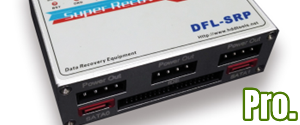
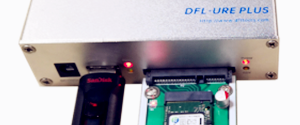
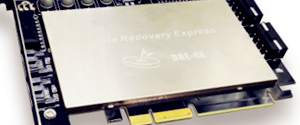

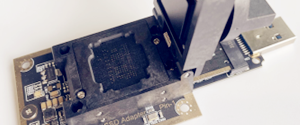
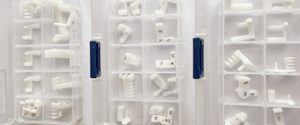
2 Comments
An Internet worm has a number of common characteristics:
* It spreads across the Internet using email, instant messaging or peer-to-peer file sharing networks;
* It uses a trick – known as “social engineering” – to get you to open the email or run the file, which installs the worm on your computer and activates it;
* It may install one or several files on your computer, often masquerading as system files, or with randomly generated names to make removal more difficult;
* It installs entries in the system registry and other places to ensure that the worm is activated whenever you use your computer.
Worms removal are more difficult than most viruses
Unlike most viruses, worms do not usually modify or “infect” existing files on a computer. They are usually self-contained files, often dropped into system folders such as the Windows folder. Therefore, removing a worm from a computer should simply be a matter of identifying and deleting the files it installed, and the registry links that may be pointing to them. However, removal may be made more complicated because:
* The worm is active, so the files are in use and cannot be deleted;
* More than one worm process may be running, and they may act in such a way as to restart one another whenever they are stopped, making manual removal difficult;
* The registry links may have been made in such a way that if the worm files are removed, vital system processes are prevented from running, making Windows difficult to use, or unusable.
* Windows’ System Restore has backed up the worm files and its registry changes, making it possible for the worm to be restored, and causing false alarms that the worm is still present on the computer because copies are found in the System Restore folder.
Virus scanners are good at detecting and removing the files belonging to worms, but they often do not repair or remove the registry changes correctly. Therefore an anti-virus program can sometimes do more harm than the worm, by removing it and leaving the computer unusable, or displaying various error messages when you use it.
[…] Worm handling to avert data loss – DATA RECOVERY SALON […]